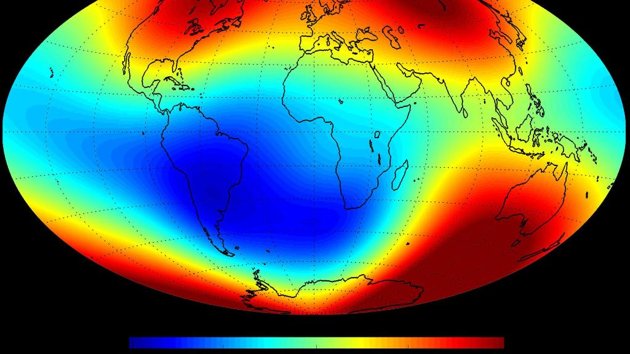
They have been released by the European Space Agency (ESA) from its three-satellite Swarm Mission which was launched last year.
Measurements made over the past six months confirm the general trend of the field's weakening, with the most dramatic declines over the western hemisphere.
In other areas, such as the southern Indian Ocean, the magnetic field has strengthened since January.
The latest measurements also confirm the movement of magnetic North towards Siberia.
These changes are based on the magnetic signals stemming from Earth's core.
Over the coming months, scientists will analyse the data to unravel the magnetic contributions from other sources, namely the mantle, crust, oceans, ionosphere and magnetosphere.
Scientists behind the Swarm Mission say the research will provide new insight into many natural processes, from those occurring deep inside our planet to space weather triggered by solar activity.
In turn, this information will yield a better understanding of why the magnetic field is weakening.
"These initial results demonstrate the excellent performance of Swarm," said Rune Floberghagen, ESA's Swarm Mission manager.
"With unprecedented resolution, the data also exhibit Swarm's capability to map fine-scale features of the magnetic field."
The first results were presented at the Third Swarm Science Meeting in Copenhagen, Denmark.



Reader Comments
to our Newsletter